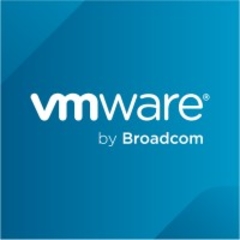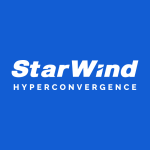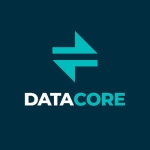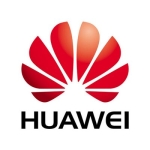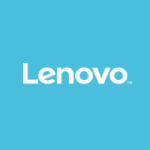The most valuable features are scalability and speed.
The ability to throw in extra disks on the fly and extend storage with no limits is very useful. I already had to do this twice.
I think performance of my vSAN is better than that of a SAN, even though I am only working with 10 VMs per site. I don’t know how many performance hits we would get if I had more VMs.
Typically when you get a SAN, there’s a size limit or cap, adding more storage means buying an extra shelf.
In our environment we use Dell 530’s (8 bays), the original setup was only 4TB of usable storage from a pair, but later just added 2 extra disks per esx to make a 12TB volume, I still have 4 open bays and could easily add 8TB drives there if I needed to and on-the-fly.
In terms of performance, it beats going through the wire, since the disks are on the bus and with caching, iops are a plenty.
Furthermore, we have a power limitation at our communities, and adding one more box (SAN) would require an extra 8amps of juice.
No single point of failure, although SANs are very reliable these days, there’s connections and switches to content, with vSAN you can now connect 2 ESX servers directly not needing a 10GB switch
Refresh cycles: my storage follows my ESX servers, so no more extra new hardware to purchase.
vSAN Robo’s are inexpensive to own and maintain, the enterprise version is a tad more.
I am able to utilize ESX HW at my robo sites without needing to add a SAN or NAS.
I would like to see the following:
- Fixing the resync function. This needs to be addressed ASAP.
- A better UI showing actual space used and disk space available. The current output is very deceiving. It shows a total that should actually be divided in half, minus the headroom.
When disks are getting full or near 70%, there’s a potential for receiving out-of-sync nodes. One node may have more content than the other, and the re-sync button starts a process that never ends. This is a known issue.
When looking at space details, the available free space depicts the sum of the two nodes. In reality, that should only show half and even more. I would like to see a gauge that marks a safe zone, or under 70%.
The reality is that once you go over 70%, the sync issue comes into play, performance hits are unavoidable, and the rebuild could take a long time.
We have used this solution for over a year.
When dealing with seasoned vSAN experts, the experience was outstanding. Getting them to respond quickly is always an issue. I sometimes had to go ahead and perform a rebuild, as it was quicker than waiting for a callback.
The installation was easy.
I deployed it myself with trial and error support from VMware.
The ROI is negative, the capex is OK, but the opex is outrageous. They need to drop the opex to 20%.
See if you can really afford it and make sure you have the expertise on hand to deal with initial deployment issues.
I found that buying a new SAN by Tegile is less expensive, less complex, and very inexpensive to maintain. In addition, support is the best in the business.

